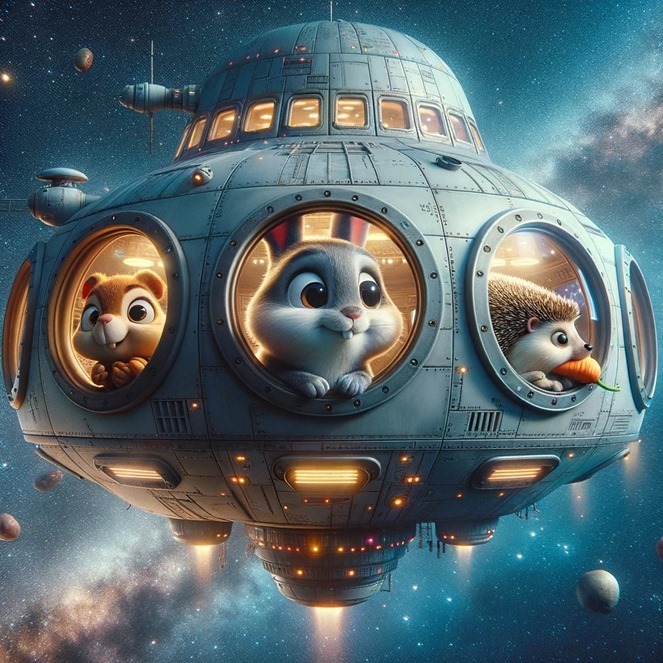
Ever since I strayed into the realm of space travel as a young child, all I had aspired to become was a missile designer. There was something compelling about the idea of devising mechanisms that could venture beyond Earth, piercing through the veil of the cosmos. Back then, my optimism was boundless, but time and experience have taught me that in the realm of technological innovation, ideas often hold more weight than ready-made solutions.
Industry 5.0 – Engineered Eternity
As somber as it sounds, it is a universally accepted fact that the fate of humanity is tethered to the lifeline of our star, the Sun. Once it extinguishes, the epitaph of our race will be irrevocably etched on the tombstone of time. There would be no trace left of our existence, and the cosmos will cease to remember that we, a thriving civilization, had ever existed.
Rather than surrender to despair, this grim fact compels me to ponder upon innovative methodologies powered by emerging technologies to help us transcend our earthly confines. If continuity of life as we know it is the goal, then our current physical form, fragile and short-lived, simply won't suffice. Even if we could build spaceships to rehouse every living being to new planets, finding a suitable alternative to our world seems far-fetched.
The AI Renaissance – Terraforming and Beyond
While finding terrestrial planets akin to Earth within a reasonable distance seems unlikely, we do know that, at some point in their history, besides Earth, Mars and Venus could have been habitable zones in our solar system. While they today have become inhospitable for various reasons, this gives us reason to believe that we could potentially find similar planets in other galaxies. However, the limiting factor here is the velocity at which we can travel in space. Even light speed seems insufficient given the unfathomable dimensions of the universe – no living beings could survive the voyage. But there might be a solution.
What if we could engineer an AI that equals us in capability or even surpasses us? Such an AI could orchestrate automated micro-cities on practically any planetary surface, not for us 'flesh and blood' beings, but for its own metal and wire kind. Free from the constraints of time and the fragility of the flesh, it could embark on a cosmic journey of expansion, eventually discovering a suitable habitat for our kind. It could then use stored DNA to regrow human species, along with other earthly life forms like cats, bunnies, squirrels, and certainly, some adorable hedgehogs. It could then teach them their past (these will be quite indoctrinated hedgehogs, if you ask me) and leave them for another millions of years on new paradise planet.
Stepping Stones to Eternity
The path to this future, albeit viable, is fraught with uncertainties. There are countless ways it could go right or wrong, from our perspective, at least. However, the end game in this scenario is the continuation and possible evolution of the human race - a lease on life that we currently cannot fathom.
This vision may seem wildly ambitious, even outlandish (no pun intended). But at this juncture of our technological progress, it is vital that we start viewing AI and robotics as the pivotal link in the chain of human evolution. Their role in preserving and perpetuating life as we know it, or as we desire it to be, could very well be our ticket, as species, to “eternity” (until the very last star will give up the ghost, that is).
Let us step forward, not with apprehension, but with a spirit of exploration, into this brave new world.